Every sport has its seasonal milestones, such as 50 home runs in baseball or 1000 yards rushing in football. For the OHL, that mark is set when a player reaches 100 points. In a 68-game season, getting to that plateau puts you among the greats for that season. Over their 40-plus year history, the Windsor Spitfires have had a select list of talents reach the impressive century mark.
The Spitfires joined the OHL in 1975-76 and made an immediate impact on the scoresheets. While they’ve had some leaner offensive seasons, as most teams go through in junior hockey, their overall production is stellar, and they’ve churned out a who’s who of hockey names. Watching the clubs at the old Windsor Arena and now at the WFCU Centre has become a multi-generational event, and fans haven’t taken any of it for granted.
Who’s now a lifetime member of the Spitfires’ 100-Point Club? Let’s take a look in chronological order.
The Sniping 1970s
1977-78
Gerry Leroux – Left-Wing – 123 Points
Joel Quenneville – Defence – 103 Points
The Spitfires were granted an OHL franchise to start the 1975-76 season, but it took two seasons before they’d make their mark on the 100-Point Club.
After an impressive 74-point rookie season in 1976-77, forward Gerry Leroux became one of the 100-Point Club’s first two members by exploding for 123 points in his sophomore season. His 57 goals also led the club. The 5-foot-6, 165-pound left-winger headed for the pros following this dynamic season and played three seasons in the (now defunct) IHL.
Joining him in this elite club was the veteran defenceman Joel Quenneville.
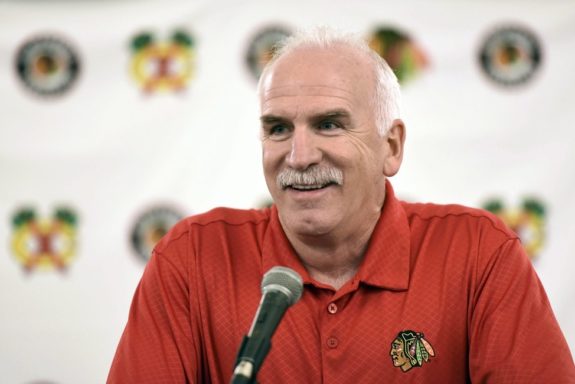
At 6-foot-1, 200-pounds, the Windsor-native could really do it all and was a force from 1975-78. His 103-point season caught the attention of the Toronto Maple Leafs, who drafted him in the second round in 1978. While his offence didn’t translate to the pro game, he still dressed for over 800 games before becoming the legendary coach we see today.
1978-79
Blair Barnes – Right-Wing – 118 Points
After Leroux and Quenneville both graduated to the pros, the Spitfires needed someone to step up. That’s where right winger Blair Barnes came into play. The 5-foot-11, 190-pound Windsor-native went from 48 points a season before to an impressive 118 points in his second season.
While he was smaller than Quenneville, he played a similar “can do it all” style, and this season was just the start for him.
1979-80
Blair Barnes – Right-Wing – 130 Points
Brent Jarrett – Centre – 118 Points
Paul Gagne – Forward – 101 Points
After a dynamic sophomore season, Barnes continued his tear by scoring 130 points in 1979-80. He dominated in every area of the game, leading the club in goals and points. He graduated following the season and spent two years in the Central Hockey League (CHL) before two years in the AHL. While he was an Edmonton Oilers’ pick, he played his only NHL game in 1982-83 with the Los Angeles Kings.
Unlike the previous season, though, Barnes had help. He was joined in the 100-Point Club by fellow forwards Brent Jarrett and Paul Gagne.
Jarrett, a Sault Ste. Marie-native, became a huge playmaker for the Spitfires with 88 assists and 118 points in 1979-80. It helped him gain a 10-year career in the IHL following graduation.
Gagne was another player who exploded and ran with the opportunity. After 41 points in 1978-79, he had a career season in 1979-80 with 48 goals and 101 points. The Colorado Rockies took notice and drafted him in the first round in 1980. He played in over 300 NHL games before heading to Switzerland and hanging up the skates. Interestingly, after retiring from playing, he joined the front office and was the general manager/head coach for various NOJHL clubs before retiring for good in 2017.
The Elite 1980s
1980-81
Ernie Godden – Centre – 153 Points
When Spitfires fans hear the name “Ernie Godden,” the term “classic Spitfire” almost always pops into their heads.
From 1978-81, Godden was a star for the border city organization, scoring almost at will, plus hitting everything he could. You don’t rack up 290 points and 508 penalty minutes in 194 games for nothing. While just 5-foot-8, 160 pounds, the centre was everything fans wanted.
In 1980-81, Godden put on a show like we’ve never seen. He scored 87 goals, which is still an OHL record (that may never be topped), and tallied 153 points; pure domination. The Maple Leafs took a chance on him, drafting him in the third round in 1981.
After leaving the OHL, Godden played three seasons in the pros, including five games with the Maple Leafs in 1981-82. He spent 1984-85 in Austria before retiring. His Spitfires’ number 15 hangs high above the rafters in the WFCU Centre.
1981-82
Claude Loiselle – Centre – 109 Points
Todd Hooey – Forward – 101 Points
Following Godden’s graduation, Ottawa-native Claude Loiselle took over the offensive reigns. The sophomore centre built on an impressive rookie season, tallying 109 points in 68 games for the Spitfires in 1981-82. A second-round pick by the Detroit Red Wings in 1981, he almost reached the 100-point mark again the following season (88 points) but only played in 46 games.
Loiselle was joined in the 100-Point Club by teammate Todd Hooey, who racked up a solid 101 points and 158 PIM. While he was a sixth-round pick by the Calgary Flames in 1981, he bounced around the CHL, AHL, and IHL from 1983-88 before retiring.
1986-87
Adam Graves – Left-Wing – 100 Points
It took a few more seasons before the Spitfires added another member to the 100-Point Club. In 1986-87, though, they made the next addition a good one — forward Adam Graves.
The Tecumseh-native had size (6-foot, 205-pounds), skill and was a fan favourite. After a 64-point rookie campaign in 1985-86, he was drafted by the Red Wings and then hit the 100-point mark in his second season. He became a leader both on-and-off the ice.
After graduation following the 1987-88 season, his pro career became iconic, dressing in over 1150 NHL games in 17 seasons.
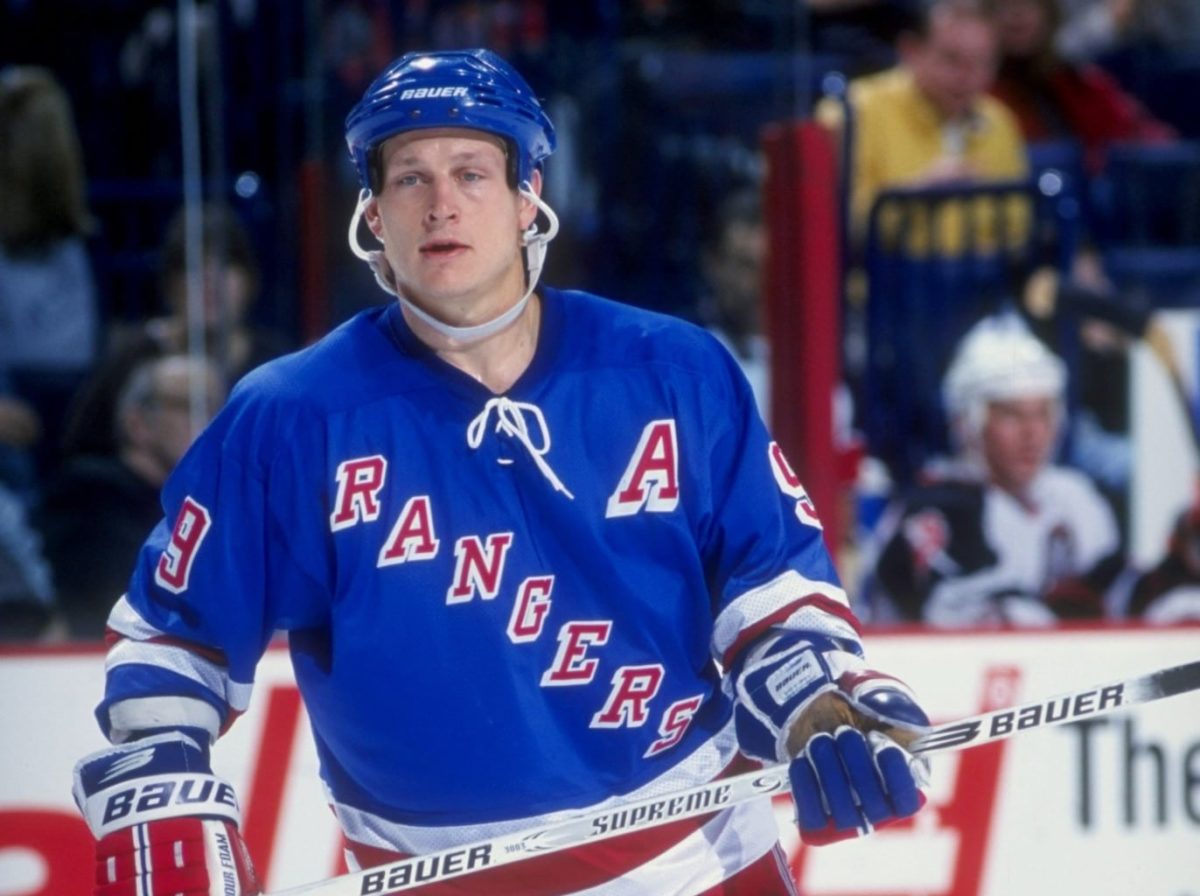
The Spitfires have since retired his number nine, and it hangs high above the rafters in the WFCU Centre.
1987-88
Kelly Cain – Centre – 133 Points
Mike Wolak – Centre – 114 Points
David Haas – Centre – 105 Points
Graves spent the early part of 1987-88 with the Red Wings before being sent back to juniors. As a result, he wasn’t able to hit the century mark again (60 points in 37 games). However, three other Spitfires more than made up for that. Forwards Kelly Cain (133), Mike Wolak (114), and David Haas (105) all joined the elite club during one of the all-time great seasons in Spitfires’ history.
In the organization’s history, they’ve only hit 50 wins three times — 1987-88, 2008-09, and 2009-10. Featuring veterans like Graves, Peter DeBoer, and Paul Maurice, there wasn’t much this club couldn’t do. The most surprising thing about the trio each hitting 100 points, though, was they all marked career highs. Cain had scored 97 points before, but Wolak had only reached 68, while Haas’ highest was 23 points the season prior with the (now defunct) Belleville Bulls. It was a truly remarkable feat.
The Knockout 1990s
1990-91
Cory Stillman – Centre – 101 Points
After the excitement of the 1988 OHL Championship, the team went through a minor offensive lull before ramping up again in 1990-91. That’s when rookie Cory Stillman entered the scene.
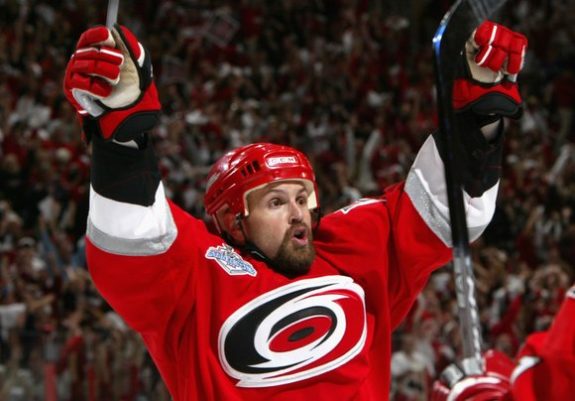
The Peterborough-native joined the 100-Point Club in his rookie season with 31 goals and 101 points. He was an instant fan favourite and a true professional. Unfortunately, his time with the Spitfires only lasted a season-and-a-half before they traded him to the Peterborough Petes in 1991-92.
Stillman went on to a lengthy NHL career, both on-and-off the ice.
1992-93
Bill Bowler – Centre – 121 Points
Steve Gibson – Left-Wing – 100 Points
After Stillman was traded, the Spitfires needed someone to step up. That’s where forward Steve Gibson came into the picture. He increased his point totals every season, starting the season after the OHL championship in 1988-89 and finishing with his 100-point campaign in 1992-93. It was a solid way to end his OHL career, given he was close to 50 goals on two separate occasions (48 in 1991-92 and 49 in 1992-93).
While Gibson was nearing the end of his career, a young Bill Bowler was just getting started. After an impressive 88 points in his rookie season of 1991-92, Bowler did whatever he wanted in 1992-93. He scored 44 goals and 121 points in 57 games, proving virtually untouchable.
This was far from the end of his story, though.
1993-94
Bill Bowler – Centre – 123 Points
In his third season, Bowler continued his torrid pace, adding a second season to this 100-Point Club. This time, 47 goals and 123 points in 66 games. There were few that could match his slick style, and he was more than happy to put on a show for the fans.
What could be better than this? How about a third season!
1994-95
Bill Bowler – Centre – 135 Points
David Roche – Left-Wing – 114 Points
For his grand finale, Bowler earned the captaincy in 1994-95, leading the club with 102 assists (fifth highest in OHL history) and 135 points. These totals brought him to an astounding 318 assists (best all-time in OHL history) and a club record 467 career points (third all-time in OHL history). These totals may never be touched again.
After a lengthy pro career (IHL, AHL, NHL, and Europe), Bowler joined various front offices before becoming the Spitfires’ GM in 2019.

Joining Bowler in the 100-Point Club was another incredible veteran, left-winger Dave Roche. The 6-foot-4, 230-pound Lindsay-native hit 100 points with the Petes in 1992-93 and was traded to the Spitfires in 1993-94. Fans loved his ability to do almost anything, and you couldn’t teach his combination of skill and grit.
While Roche played mostly in the AHL from 1996-04, he got into over 170 NHL games with various clubs.
1997-98
Peter Sarno – Centre – 121 Points
The Spitfires went through another two seasons without a 100-point player from 1995-97 before center Peter Sarno got them back into the century club.
After a dominant 83-point rookie campaign in 1996-97, Sarno racked up 88 assists and 121 points in 1997-98. Unfortunately, while the club was tough as nails with players like Kip Brennan, Blair Stayzer, and Jeff Kugel, he and veteran Jeff Martin were almost all of the team’s scoring.
Sarno was traded to the Sarnia Sting after the season and won the scoring title with them in 1998-99 (130 points). He played several seasons in the pros, including seven games in the NHL, before calling it a career in 2010-11.
The Modern Era 2000s
2002-03
Kyle Wellwood – Centre – 100 Points
It’s hard to believe it took another four seasons for the Spitfires to have a player reach the 100-point mark. From 1998-02, players like Jason Spezza and Steve Ott came through the system. While Ott reached 50 goals and Spezza had 86 points (both in 2000-01), neither hit 100 points.
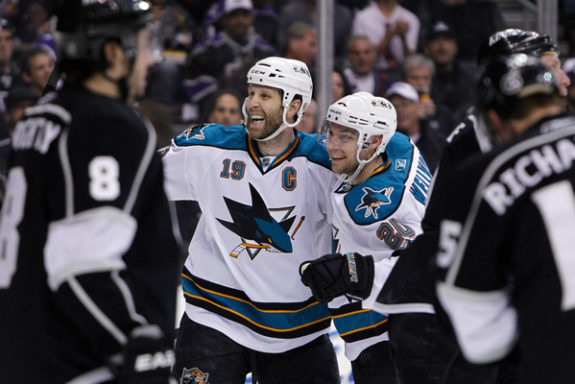
In 2002-03, it all changed, though, when Oldcastle-native Kyle Wellwood hit the mark. After 118 points with the Bulls in 2000-01, he was traded to the Spitfires the following season and became a major offensive threat for them. In his final OHL season, he racked up a career-high 41 goals and hit the 100-point mark for the second time. It’s not a bad way to end your junior career.
2009-10
Taylor Hall – Left-Wing – 106 Points
The 2008-09 and 2009-10 Spitfires’ teams are two of the best in OHL history; players like Taylor Hall, Ryan Ellis, Adam Henrique, Cam Fowler, and the list goes on. What’s so surprising about these rosters is that, with all the talent they had, only one player reached the 100-point mark.
The Spitfires’ first-round pick in 2007, Hall immediately showed he was a threat with 45 goals and 84 points in 2007-08. As complete as he was, though, he didn’t reach the 100-Point Club until 2009-10, when he scored 40 goals and 106 points in 57 games. He added another 35 points in 19 playoff games for good measure.
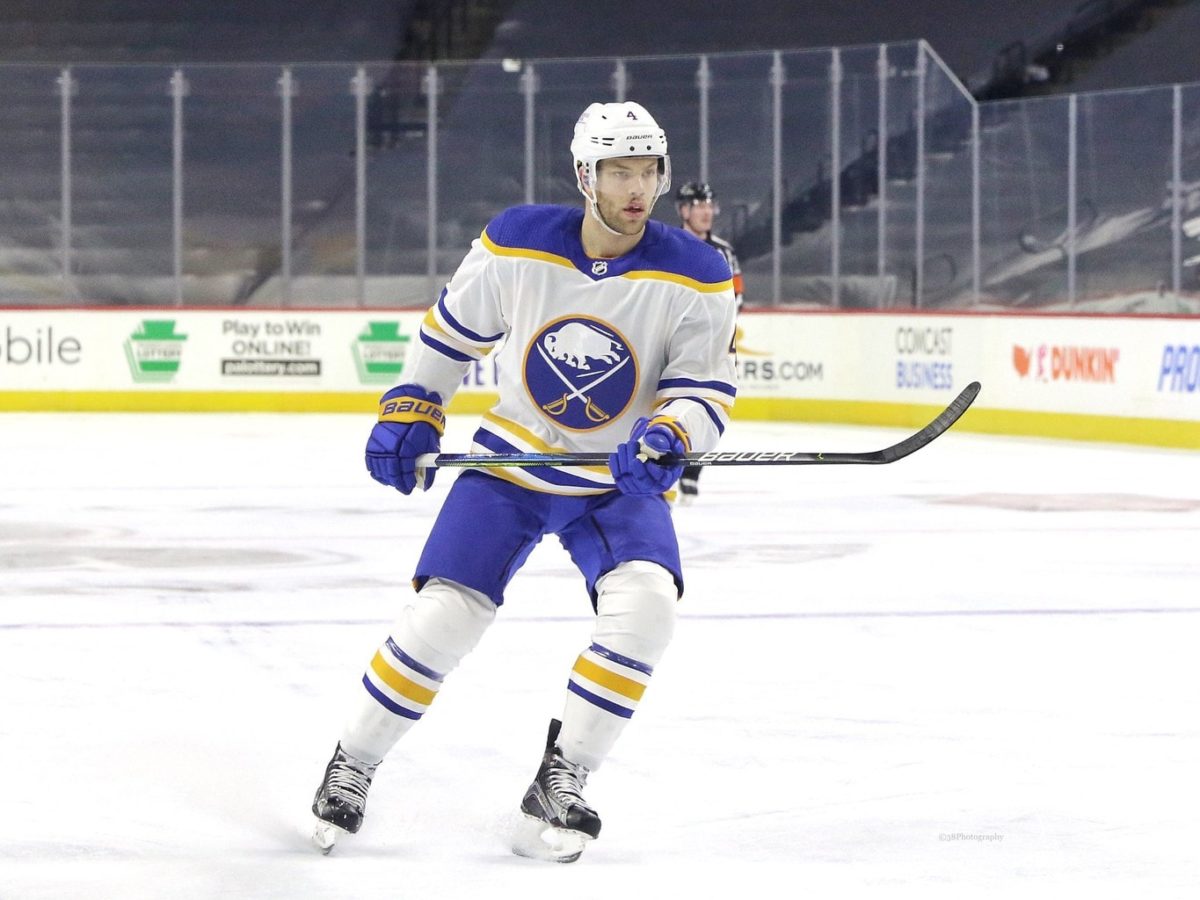
While fans had hoped to see him play one final season with the Spitfires, the Edmonton Oilers’ first overall pick in 2010 was destined for the pros.
2010-11
Ryan Ellis – Defence – 101 Points
While Hall headed straight for the Oilers, the veteran defenceman Ellis stuck around for 2010-11. The Nashville Predators’ first-rounder in 2009 was arguably the most productive defenceman in Spitifres’ history. He reached 89 points in his sophomore season of 2008-09, then finally reached the elusive 100-point plateau in 2010-11 (in only 58 games).
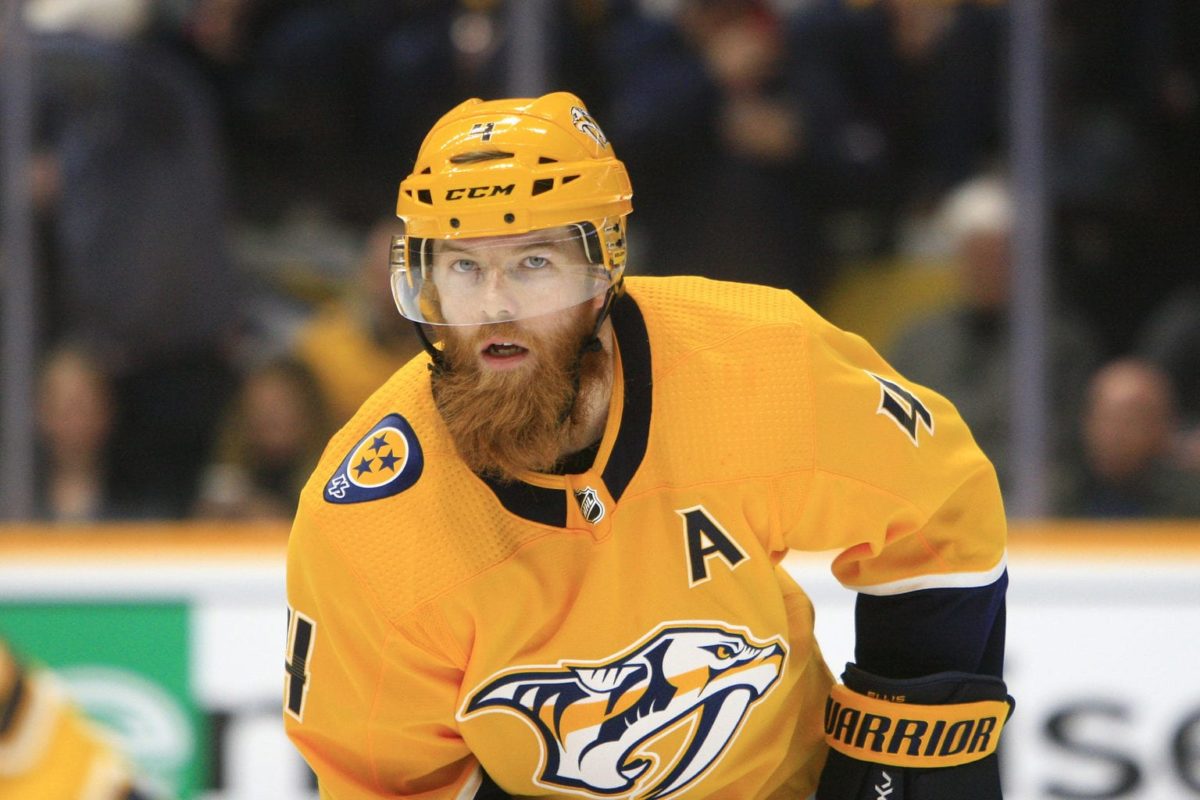
Ellis could flat-out do it all; score, create, hit, defend teammates, and lead, being named captain in his final season. Following graduation, he spent parts of two seasons in the AHL before making the Predators for good.
Former Spitfires’ GM Warren Rychel tried to find the next Ellis on numerous occasions from 2012 through his final days in 2019. Unfortunately, most of those attempts failed with flying colours.
There may never be another Ellis… and perhaps rightfully so.
Tough Club to Join
Since Ellis’ entry into the 100-Point Club, no Spitfire has been able to put their name on the elite list. That’s not to say the team hasn’t had fantastic talents, but reaching 100 points in 68 OHL regular-season games is something pretty remarkable. Each season, only a handful of junior hockey stars reach the milestone.
Who will be the next Spitfire to join the 100-Point Club? Only time will tell.